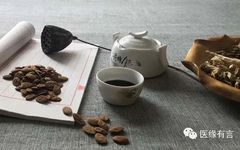
TCM Popular Science|
Opinions may be controversial; content is for reference only.
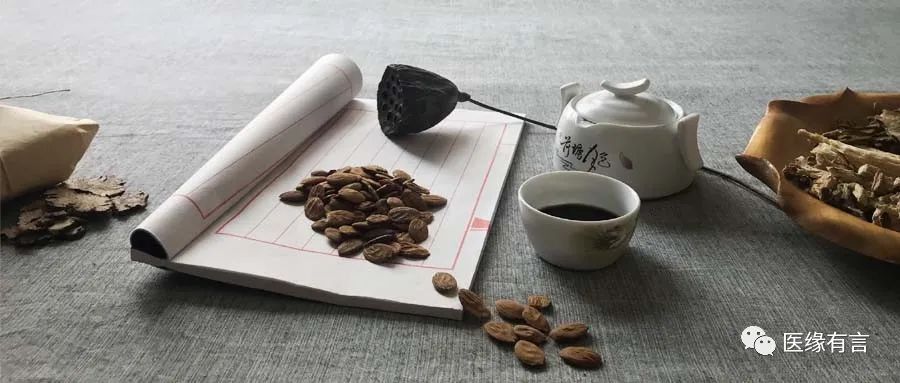
Written by | Anonymous Edited by | Zichu
Last time, we discussed the Six Excesses (also known as the Six Evils or Six Thieves):
Wind, Cold, Heat, Dampness, Dryness, Fire
These six external evils can invade the body when the vital qi is insufficient, leading to a disease state known as “Exterior Syndrome”.
“Syndrome” (zheng) is a term we will frequently use, referring to classifications of symptoms and signs in TCM, such as Qi Stagnation and Blood Stasis Syndrome, or Wind-Cold Invading the Lungs Syndrome. In simple terms, it categorizes a group of symptoms and signs.
Exterior Syndrome refers to a series of symptoms and signs that appear when the body is invaded by the Six Excesses.
If the “Exterior Syndrome” is not treated effectively, it can worsen and develop into “Interior Syndrome.” Therefore, which is more severe, “Exterior Syndrome” or “Interior Syndrome”? Of course, it is “Interior Syndrome.”
Thus, it is essential to seek treatment as early as possible when falling ill; the sooner, the better.
Today, we will discuss in detail the diseases that can arise when these six external evils harm the body. If we happen to experience these issues, we should identify which pathogenic factor—Wind, Cold, Heat, Dampness, Dryness, or Fire—is responsible, and later we will introduce TCM treatment methods for these diseases.
 Wind as a PathogenWind belongs to the Wood element.We can also understand it as the natural wind, which represents the body’s generative force, continuously facilitating metabolism, life, and vitality.However, when our vital qi is insufficient and cannot resist the external Wind pathogen, it invades the body, harming the vital qi, thus causing disease.
Wind as a PathogenWind belongs to the Wood element.We can also understand it as the natural wind, which represents the body’s generative force, continuously facilitating metabolism, life, and vitality.However, when our vital qi is insufficient and cannot resist the external Wind pathogen, it invades the body, harming the vital qi, thus causing disease.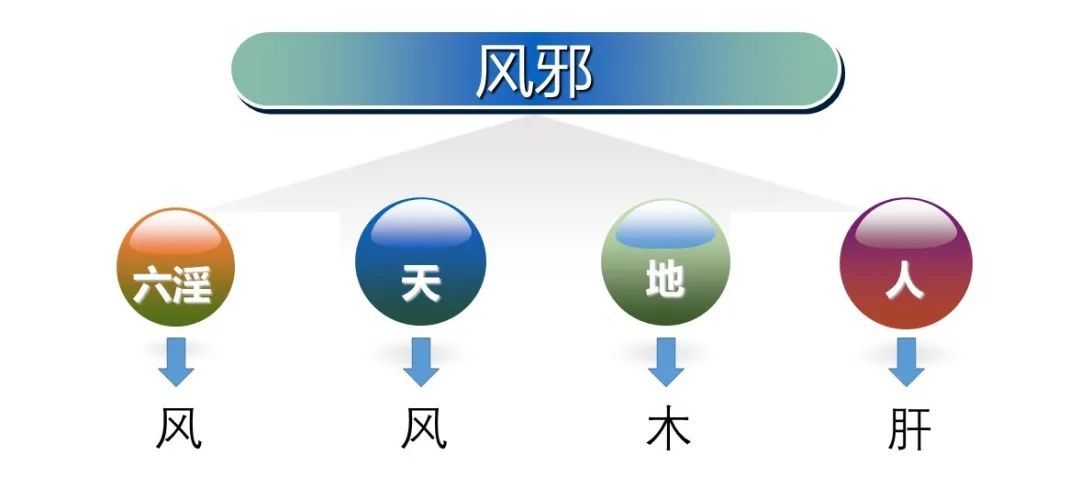
| Characteristics | Common Problems Caused |
| Wind rises easily and attacks Yang positions | Headache, sweating, aversion to wind, itchy throat, cough, fever |
| Wind changes rapidly | Wind rash, migratory arthralgia |
| Wind is active | Convulsions, dizziness, twitching |
| Wind is the root of many diseases | Often combines with other evils, causing the most diseases |
Related Diseases
Common cold, cough, asthma, allergies (urticaria, eczema, rhinitis, etc.), arthralgia, tic disorders, etc.
Wind rises easily and attacks Yang positions
Wind as a pathogen tends to rise; the upper part is Yang, while the lower part is Yin. The external is Yang, and the internal is Yin. Therefore, it causes symptoms such as headache, sweating, aversion to wind, itchy throat, cough, and fever, all of which are Yang-related. Upon closer observation, these symptoms are indeed related to the common cold.In the “Treatise on Febrile Diseases,” the first prescription is called Gui Zhi Tang (Cinnamon Twig Decoction). Zhang Zhongjing states, “For Taiyang disease, with headache, fever, sweating, and aversion to wind, Gui Zhi Tang is the main treatment.”Headache, fever, sweating, and aversion to wind are all symptoms of a common cold.In layman’s terms, symptoms refer to the uncomfortable aspects of the body, such as headache and aversion to wind; signs are the states that differ from normal, such as sweating and fever.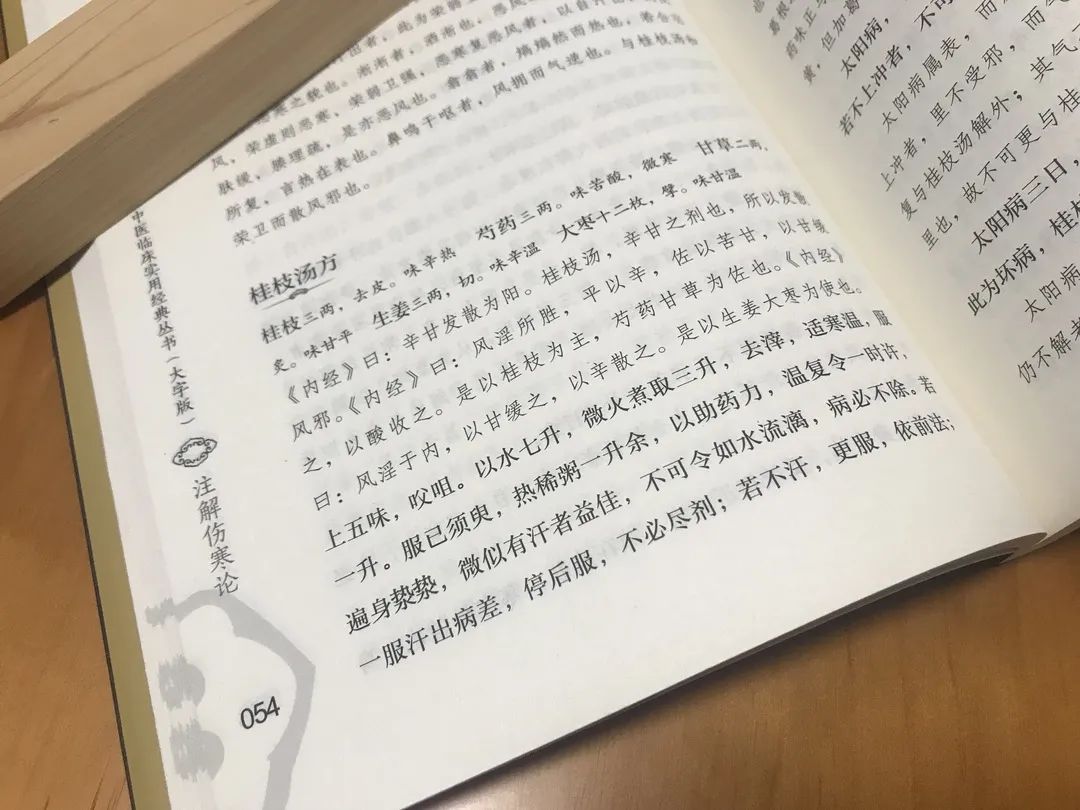 In the prescriptions from the “Treatise on Febrile Diseases,” as long as they match the symptoms, they can be remarkably effective and show results very quickly. Many people say that TCM is too slow; in fact, TCM is not only not slow but also very effective.Once, my mother told me she felt a headache, sweating profusely, and disliked being blown by the wind, asking me what medicine to take. These symptoms matched exactly with those described in the “Treatise on Febrile Diseases”: “headache, fever, sweating, and aversion to wind,” indicating a common cold, for which Gui Zhi Tang is appropriate.This diagnosis is called: pattern differentiation based on the prescription. It means the prescription corresponds exactly to the patient’s symptoms. After taking Gui Zhi Tang, she sweated a little, and her cold was immediately resolved. Since then, whenever my mother catches a cold, it is almost always this type, and the prescription does not need to be changed to resolve it.Are there any patent medicines available? The Cold Clearing Granules can address the common cold issue.
In the prescriptions from the “Treatise on Febrile Diseases,” as long as they match the symptoms, they can be remarkably effective and show results very quickly. Many people say that TCM is too slow; in fact, TCM is not only not slow but also very effective.Once, my mother told me she felt a headache, sweating profusely, and disliked being blown by the wind, asking me what medicine to take. These symptoms matched exactly with those described in the “Treatise on Febrile Diseases”: “headache, fever, sweating, and aversion to wind,” indicating a common cold, for which Gui Zhi Tang is appropriate.This diagnosis is called: pattern differentiation based on the prescription. It means the prescription corresponds exactly to the patient’s symptoms. After taking Gui Zhi Tang, she sweated a little, and her cold was immediately resolved. Since then, whenever my mother catches a cold, it is almost always this type, and the prescription does not need to be changed to resolve it.Are there any patent medicines available? The Cold Clearing Granules can address the common cold issue.
Wind changes rapidly
Some diseases change very quickly, as if guided by a ghost, such as urticaria, which can flare up rapidly and also dissipate quickly. Skin diseases are often named with various “winds” due to their unpredictable nature, hence the saying that wind changes rapidly.In rheumatic arthralgia, there is a type called migratory arthralgia, where the pain is of a wandering nature. Therefore, in rheumatic diseases, if Wind is predominant, this type of pain will occur.
Wind is active
This primarily triggers internal Wind, leading to “Interior Syndrome,” no longer being an Exterior Syndrome.Some children with attention deficit hyperactivity disorder (ADHD) or tic disorders are unable to manage the disturbances caused by internal Wind, resulting in symptoms of Liver Wind stirring internally. For milder cases of ADHD, Qi Ju Di Huang Wan (Lycium Fruit and Chrysanthemum Decoction) can alleviate the symptoms of these restless children.Internal Wind can also lead to dizziness. For instance, a type of dizziness presents as a feeling of heaviness in the head and lightness in the feet, indicating Yin deficiency and Yang excess, which can be treated with Zhen Gan Xi Feng Tang (Liver Calming and Wind Subduing Decoction).
In mid-October 2020, I encountered a female elder whom I had not seen for many years. She told me she wanted to see what I looked like now, but her vision was unclear due to cataracts.
However, I observed that her eyes did not have cataracts. She mentioned that she had undergone cataract surgery years ago but still could not see clearly and felt a sense of pressure in her eyes.
Feeling pressure in the eyes, unclear vision, and decreased eyesight are manifestations of Liver Wind Yang excess, which is also an internal Wind issue.
I said, “Please extend your hands.”
I pressed down on her two Neiguan (Pericardium 6) acupoints with my thumbs, applying pressure. She immediately felt unbearable pain but endured it out of politeness.
I said, “Hold on for a minute.”
After a minute, I released my pressure.
I asked, “Can you see me clearly now?”
She replied, “I can see clearly now.”
I asked, “Do I look the same as before?”
She said, “Not the same; you were whiter back then.”
I held the hand of this kind elder, and we both laughed.
This type of vision problem can be addressed not only by using the Neiguan acupoint to reduce the internal Wind but also by using Ming Mu Di Huang Wan (Bright Eyes and Rejuvenating Decoction), which is also very effective.
Wind is the root of many diseases
Wind can attract other evils, combining to cause disease; it is a leader, such as Wind-Cold, Wind-Heat, Wind-Dampness, Wind-Dryness, and Wind-Fire.We must avoid Wind pathogens. At home, we should be able to shelter ourselves from them to prevent harm. If windows are drafty, or if the residence is situated between two buildings, or if the community is at the head of a street, it is easy to attract Wind pathogens, leading to diseases. For example, if a family experiences long-term symptoms like arm pain, headaches, or dizziness, it is often related to their living environment. Cold as a PathogenCold belongs to the Water element.It can be understood as the coldness in nature, representing a stagnant state.Cold is originally a vital qi of the body. For instance, in summer, when the outdoor temperature reaches 40°C or 50°C, our body temperature remains constant. This is the function of Cold. However, if it becomes excessive, it becomes a Cold pathogen.
Cold as a PathogenCold belongs to the Water element.It can be understood as the coldness in nature, representing a stagnant state.Cold is originally a vital qi of the body. For instance, in summer, when the outdoor temperature reaches 40°C or 50°C, our body temperature remains constant. This is the function of Cold. However, if it becomes excessive, it becomes a Cold pathogen.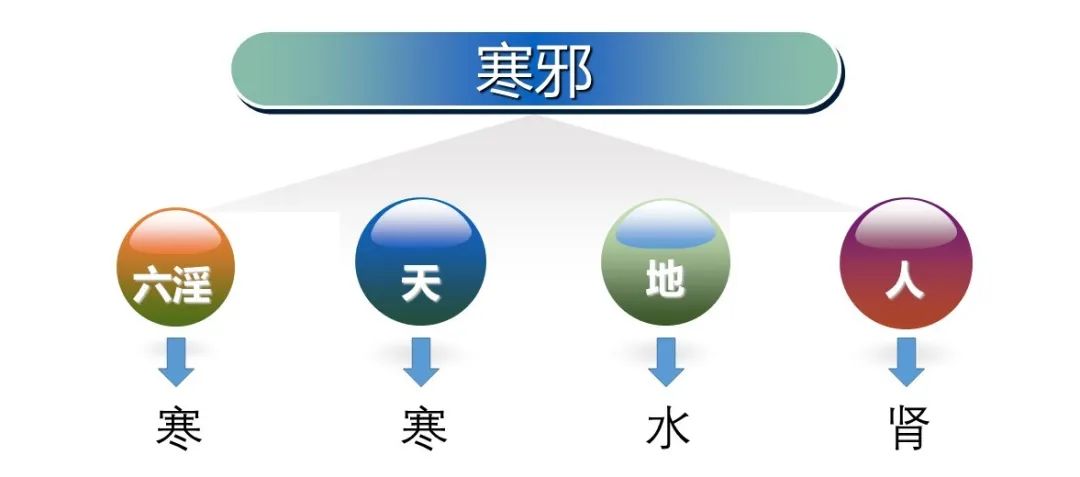
| Characteristics | Common Problems Caused |
| Cold is a Yin pathogen that easily injures Yang qi | Aversion to cold, cold diseases, fever |
| Cold is stagnant | Pain, accumulation |
| Cold contracts | Spasms, contractions |
Related Diseases
Common cold, cough, allergies, asthma, stomach pain, dysmenorrhea, lower back and leg pain, etc.
Cold is a Yin pathogen that easily injures Yang positions
In comparison, the exterior is Yang; in comparison, the upper part is Yang; in comparison, the back is Yang. This Yang position, like Wind pathogens, once injured, is also related to the common cold. These symptoms and signs are still related to aversion to cold, fever, and other issues.The “Treatise on Febrile Diseases” introduces a disease called Taiyang disease, which revolves around issues with the Taiyang bladder meridian. For example, in winter, when it is extremely cold, regardless of whether we are dressed lightly or warmly, if we stay outside for too long, we can easily catch a cold, which is what we call a frozen cold, leading to a Cold Syndrome.The “Treatise on Febrile Diseases” states, “For Taiyang disease, with headache, fever, body aches, and joint pain, with aversion to wind and no sweating, Ma Huang Tang (Ephedra Decoction) is the main treatment.”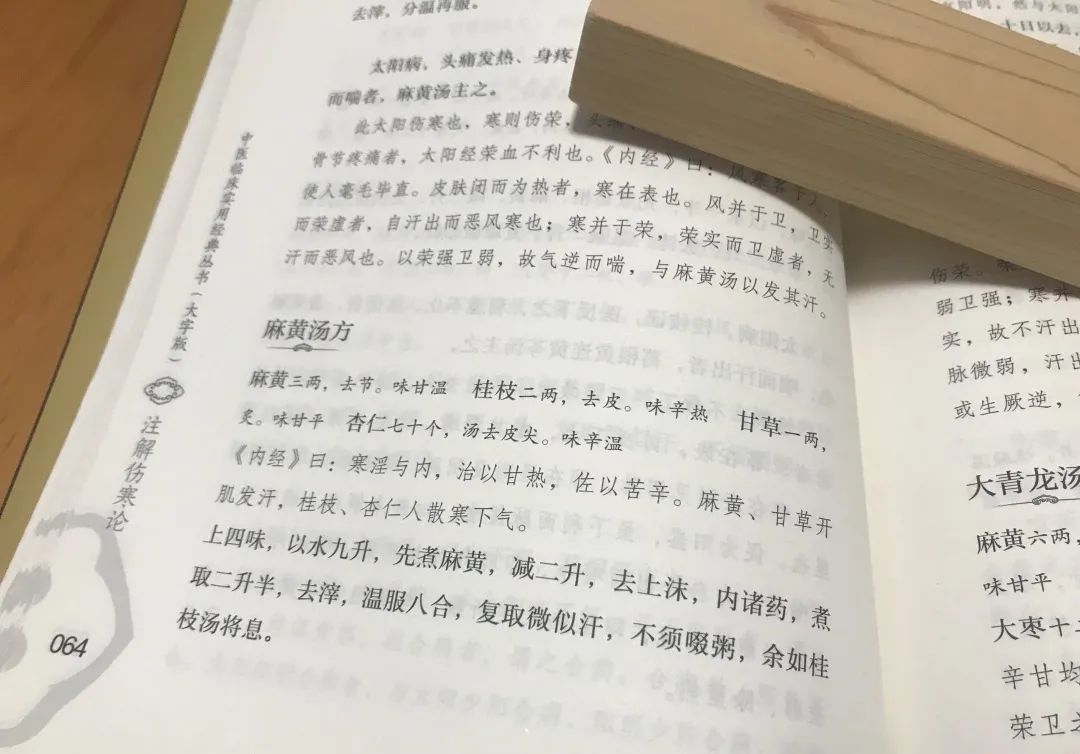 On a winter afternoon in 2007, I felt cold all over, with headache, fever, and muscle pain, and had no appetite. This was the Ma Huang Tang syndrome described in the “Treatise on Febrile Diseases.” So, I went to get a dose of Ma Huang Tang, which consists of four ingredients: Ma Huang (Ephedra), Gui Zhi (Cinnamon Twig), Xing Ren (Apricot Kernel), and Zhi Gan Cao (Honey-Fried Licorice).After returning home, I cooked the medicine while preparing dinner. By the time the meal was ready, the medicine was also done.Just as I was about to sit down to eat, sweat suddenly poured down my neck, and my headache, fever, and muscle pain disappeared instantly, and my appetite returned immediately.The entire process took less than a minute.This is how TCM treats exogenous diseases—immediate recovery.
On a winter afternoon in 2007, I felt cold all over, with headache, fever, and muscle pain, and had no appetite. This was the Ma Huang Tang syndrome described in the “Treatise on Febrile Diseases.” So, I went to get a dose of Ma Huang Tang, which consists of four ingredients: Ma Huang (Ephedra), Gui Zhi (Cinnamon Twig), Xing Ren (Apricot Kernel), and Zhi Gan Cao (Honey-Fried Licorice).After returning home, I cooked the medicine while preparing dinner. By the time the meal was ready, the medicine was also done.Just as I was about to sit down to eat, sweat suddenly poured down my neck, and my headache, fever, and muscle pain disappeared instantly, and my appetite returned immediately.The entire process took less than a minute.This is how TCM treats exogenous diseases—immediate recovery.
Cold is stagnant
This refers to Interior Cold, no longer being Exterior Cold. The pain from Cold Syndrome generally prefers warmth, massage, and pressure. For example, abdominal pain that alleviates with massage indicates Cold Syndrome. Cold stagnation prevents the blood vessels from flowing smoothly, hindering the blood from delivering warmth to the affected area. For instance, women may experience cold hands and feet due to Cold stagnation and Blood stasis, with some feeling as if their hands and feet are not their own, feeling extremely cold, and some may even develop frostbite, all of which are manifestations of Cold stagnation.In winter 2019, a middle-aged female patient reported that her feet would get extremely cold during her menstrual period, even when sitting by the fire, regardless of the season.This indicates Cold stagnation affecting blood flow. The prescription I provided was Dang Gui Si Ni Tang (Angelica Decoction for Cold Extremities) from the “Treatise on Febrile Diseases.” After a week of taking it, during her menstrual period, the cold sensation in her legs and feet disappeared by more than half. After taking it for a month, the issue was resolved, which is a case of Cold stagnation and Blood stasis.In fact, many women experience this issue, and some jokingly say, “Cold hands and feet, no one cares,” which is essentially a case of Cold stagnation and Blood stasis. How can patent medicines address this? Ba Zhen Wan (Eight Treasure Pill) and Shi Quan Da Bu Wan (Ten Complete Great Tonifying Pill) can both be effective.
Cold contracts
This is also an Interior Cold syndrome. In cold weather, many people experience skin cracking, which is a contraction due to qi and blood stagnation that fails to nourish the muscles and skin.Wherever the evil gathers, its qi must be deficient.
Today, we discussed Wind as a pathogen and Cold as a pathogen. Objectively, we should try to avoid the ever-present evil qi, such as wearing more clothes when it gets cold or avoiding the wind when it is strong. Subjectively, we should strengthen our vital energy and nourish our vital qi so that evil qi cannot invade us.
Next time, we will continue to share about Heat, Fire, Dryness, and Dampness as pathogens.

Previous Articles
Click the titles below to view
- ☞TCM Popular Science | Nourishing Vital Qi, Avoiding External Evils, and Preventing Pathogenic Factors (Part 1): Using the Five Elements to Understand the Six Excesses (Part 2)
- ☞TCM Popular Science | Nourishing Vital Qi, Avoiding External Evils, and Preventing Pathogenic Factors (Part 1): Using the Five Elements to Understand the Six Excesses (Part 1)
- ☞TCM Needs to Integrate into People’s Lives
Approaching traditional Chinese medicine,
Tasting TCM culture,
Learning TCM thinking,
Applying TCM methods.

Tasting Traditional Culture
Wisdom for a Healthy Life
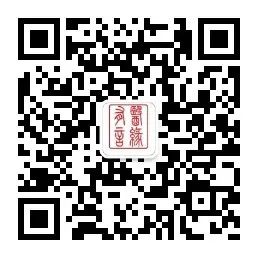
Long press the QR code to follow

